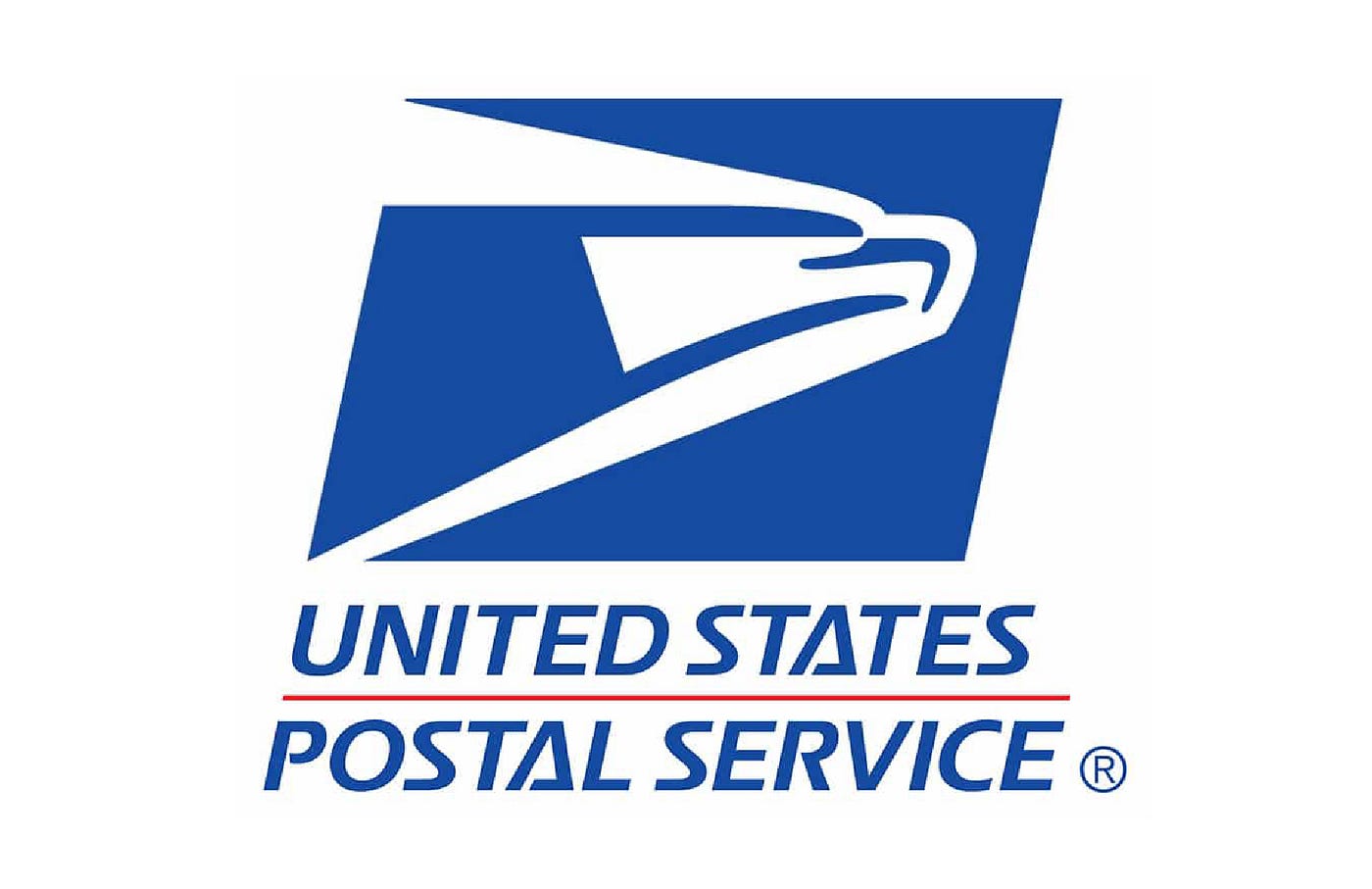
The Postal Regulatory Commission (PRC) has approved the base postage rate hikes proposed by the U.S. Postal Service (USPS). In doing so, however, the PRC urged the USPS not to take advantage of allowable discretionary increases.
Under the terms of the new PRC order, First-Class Mail, USPS Marketing Mail, Package Services and Special Services classes rates would be allowed to increase by up to 7.755%, and the postage rates for Periodicals could jump by as much as to 9.754%.
“[T]he Commission is concerned, given the current state of affairs, that the Postal Service’s proposal does not reflect reasoned consideration of the potential widespread effects of its proposal, is not prudent, and is not consistent with the best interests of all stakeholders,” according to the PRC approval order. “The Commission recommends that, in exercising their discretion, the [Board of Governors of the United States Postal Service] heed the concerns of stakeholders, particularly in light of the facts that: rate increases have occurred more frequently than occurred previously and than may have been expected by the mail market….”
The PRC order called out concerns about “substantial declines in Market Dominant volumes, overall service performance for Market Dominant products, and the Postal Services overall financial situation.” Market dominant mail includes the First-Class Mail, Periodicals, Standard Mail, Package Services, and Special Services classes, all of which are heavily used by nonprofits for fundraising pitches, organization information, and deliveries of premiums, among other functions.
Unlike competitive class mail services, market dominant deliveries face little competition from private companies, in part because commercial entities are not bound by the “last mile” guarantee provided by the USPS, in which mail gets delivered to a given doorstep regardless of delivery costs. The Postal Service also carries mandated expenses regarding its employees’ retirement health and pension obligations.
The Postage Service’s own data supports these concerns. Fifteen of 27 market dominant products or categories did not meet their FY 2023 service performance targets, according to a PRC data released in late March. Additionally, market dominant mail volume declined from 121.6 billion pieces during FY 2021 to 109.5 billion pieces during FY 2023. The allowable rate increases include jumps of 4.312% for density adjustments. That means that as volume drops, the USPS is allowed that particular adjustment to make up for revenue shortfalls.
The Alliance of Nonprofit Mailers has consistently warned that mailing rate increases would further a death spiral — increases in mailing costs would cause nonprofit mailers to cut back on their volume, which would lead to revenue shortfalls within the USPS, which would spur the Postal Service to again increase mailing costs. As Alliance of Nonprofit Mailers Executive Director Stephen Kearney wrote in a May 30 note to constituents, “[S]ome of the effects from the most recent rate increases in January 2024 have yet to occur, let alone be understood; and service performance and efficiency have declined by historic levels, adding to the stress on the mail market.

Leave a Reply